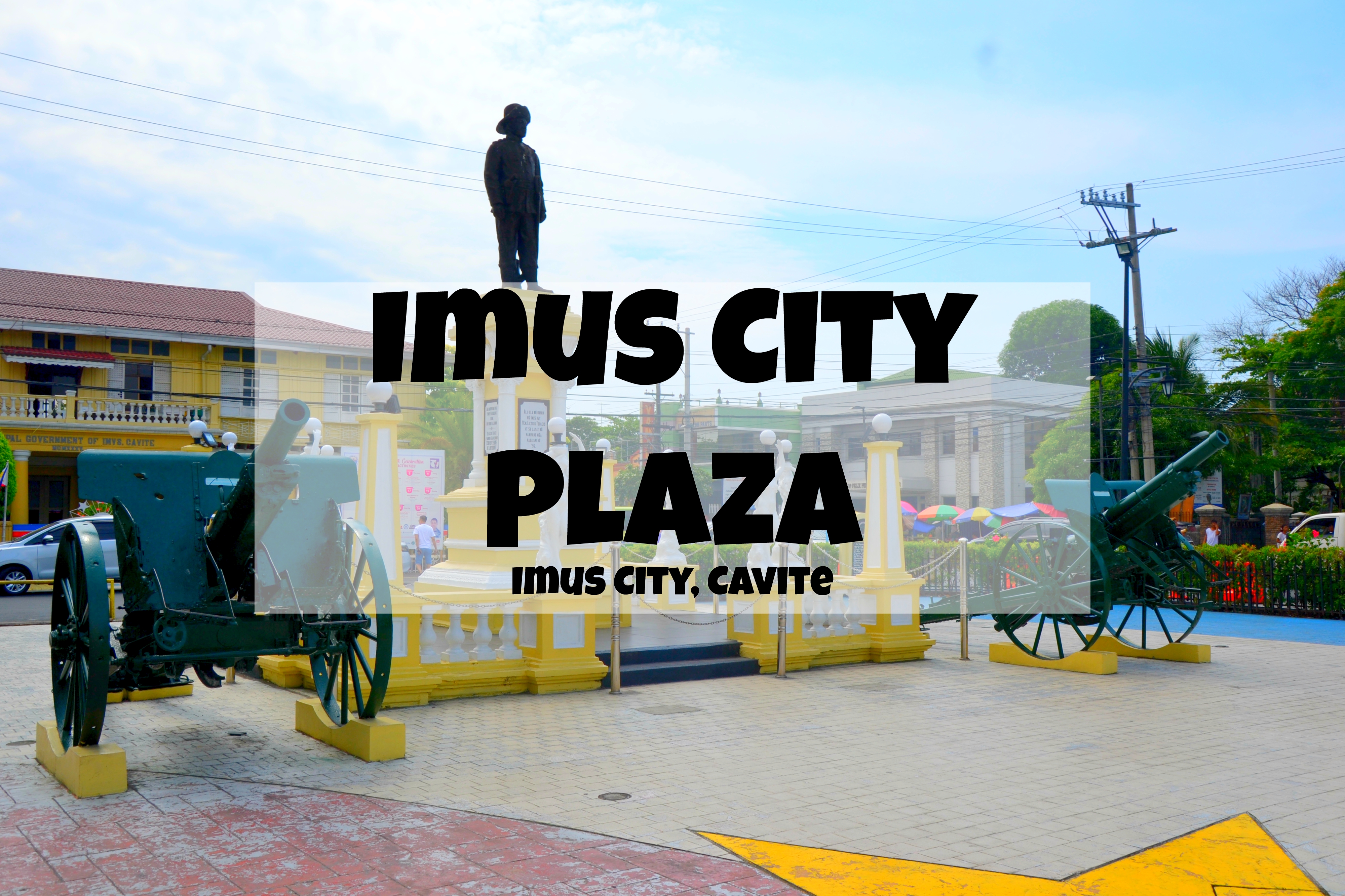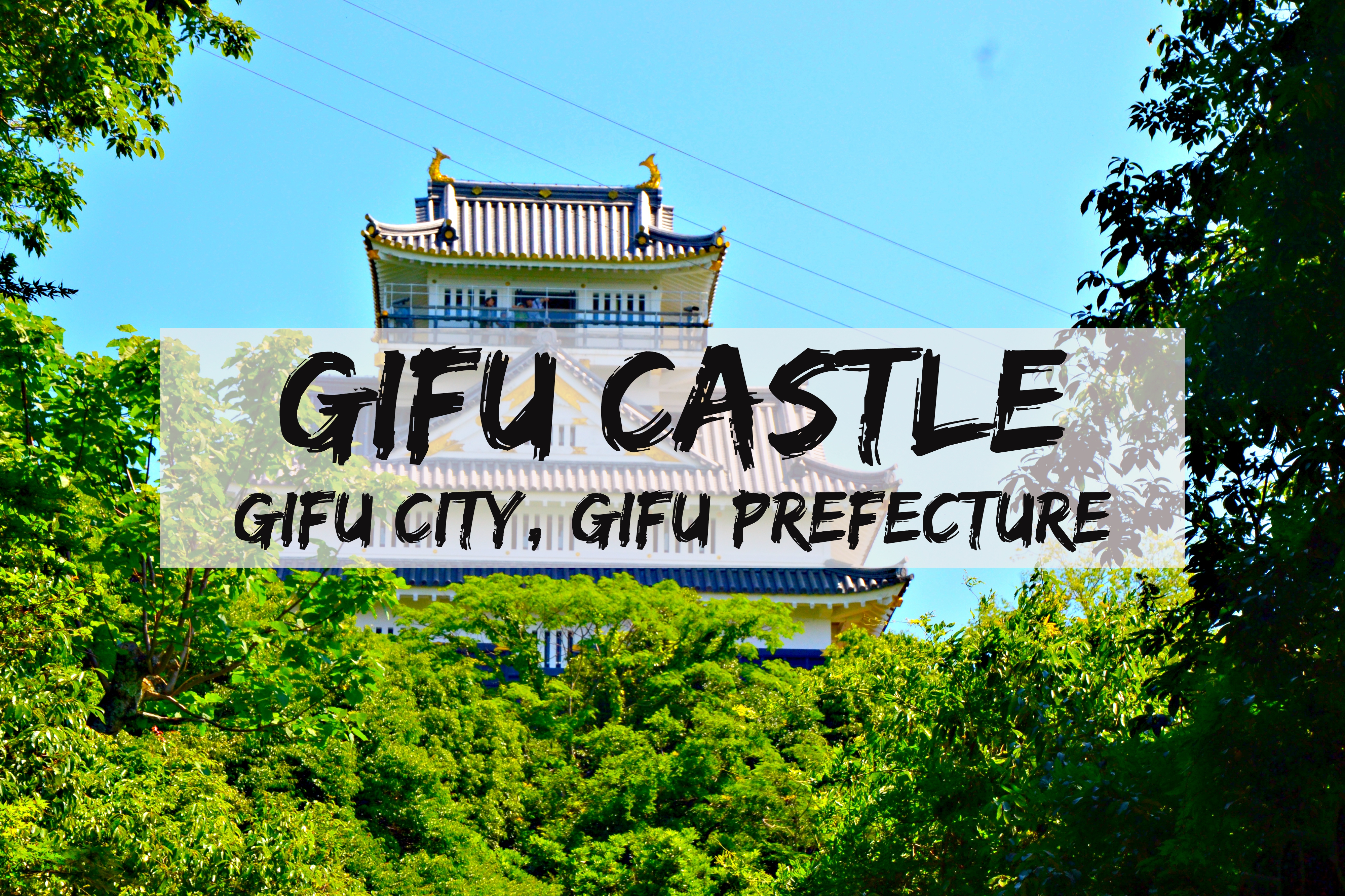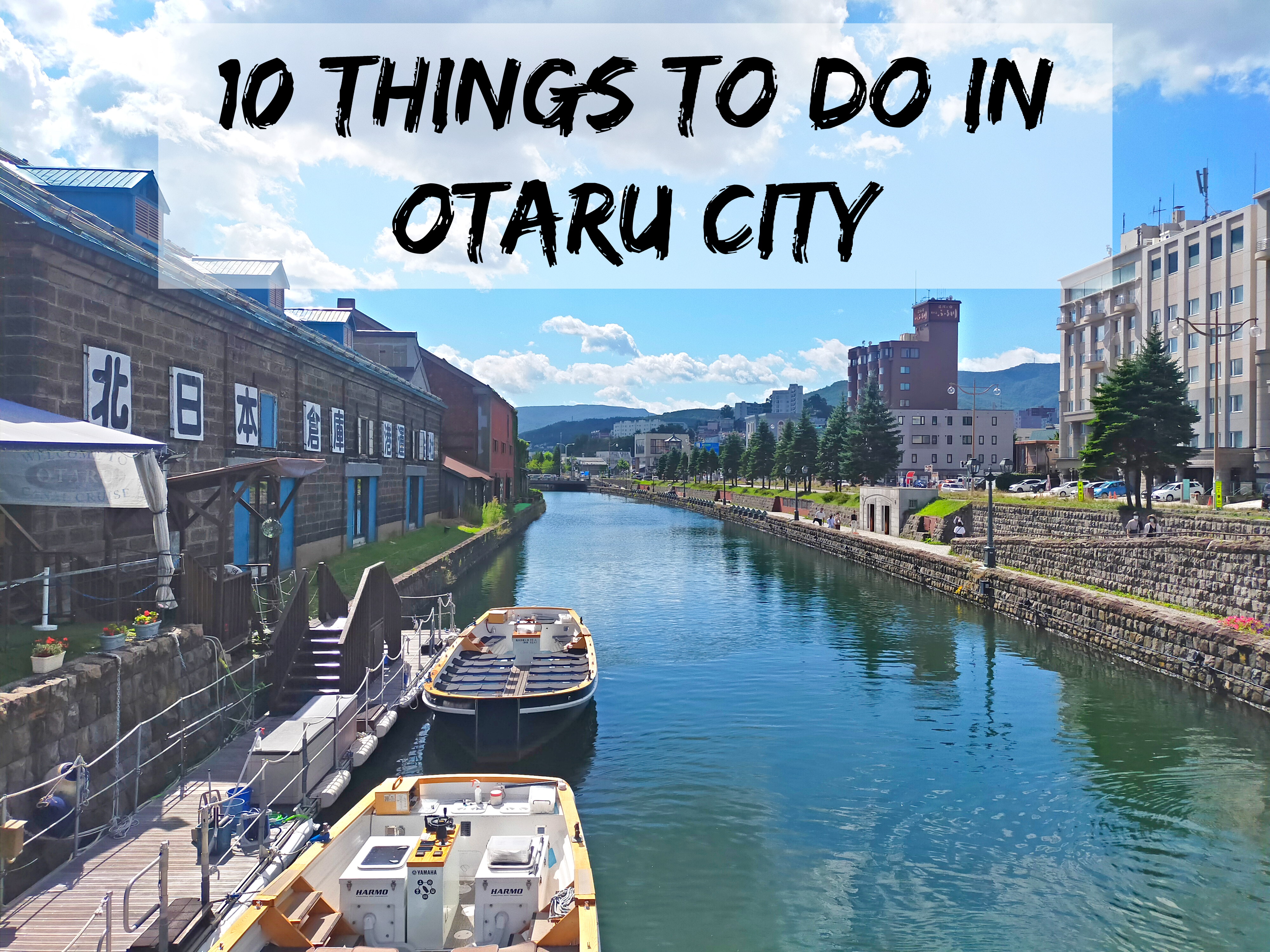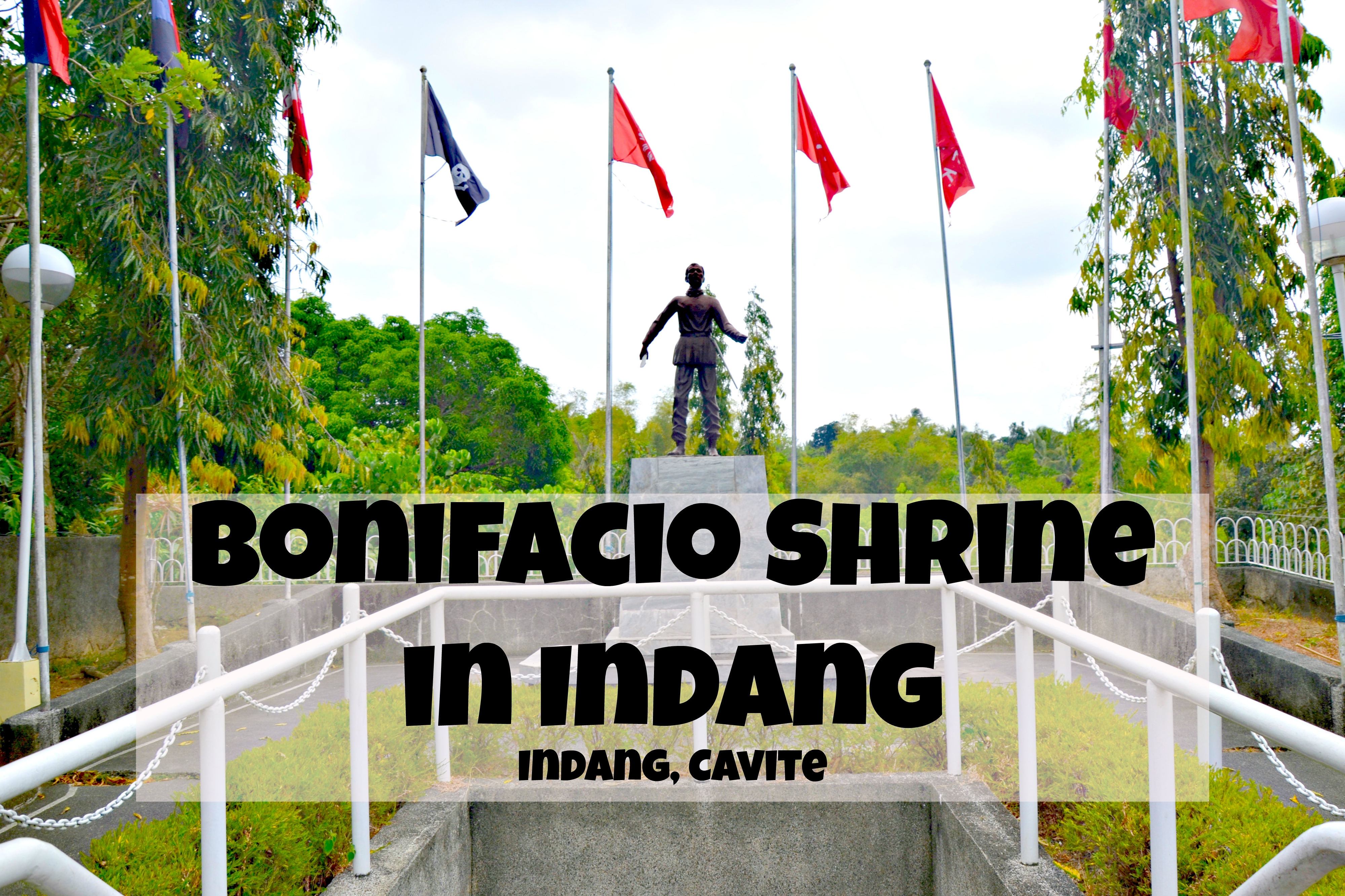Hermano Pule Shrine - Quezon
Located on a roadside outside the town of Lucban in the province of Quezon, Hermano Pule Shrine is a monument/shrine erected in remembrance of a Filipino hero that is also a son of the province.
 |
| Hermano Pule Shrine |
Hermano Pule Shrine Details
Hermano Pule also Hermano Puli or Brother Pule in English was born on July 22, 1814, in the town of Lucban in what was still called the province of Tayabas (now Quezon). His real name was Apolinario de la Cruz. He was very religious and charismatic. Sadly, being a native during the Spanish Colonial Era would mean that being a priest was a bad choice. It was during this time that secularization was a big issue. Natives were not trusted by their Spanish counterparts hence, they were not given significant positions in any parishes. Aside from that the Filipino priests or indios were barred from joining any Orders making them aliens in their own vocation.
 |
| Hermano Pule Shrine - Lucban, Quezon |
Because of his charisma and piety, Hermano Pule founded the Confradia de San Jose (Confraternity of St. Joseph) in 1832. It was a brotherhood of indios whose main purpose was to practice Christian virtues. One night he saw a vision which he interpreted as God's will for him to go to Manila to improve his love for God. Once he arrived he tried to join the Orders in Manila, however, as I have mentioned, he was rejected because of his race. He found a job as a "medical assistant" in San Juan de Dios in Intramuros. He also got the chance to join its own Confradia earning him a title as a lay brother (hence the name hermano). This made him devote his time to the study of the Bible and other religious writings while serving the sick and at the same time guiding his own Confradia in Tayabas.
 |
| Apolinario de la Cruz |
He did not intend to hide the Confradia from the Spanish. He actually wanted it to be recognized by the Church. However, the Spanish authorities like Manila Archbishop Jose Segue however, regarded this brotherhood as heretical and ordered its dissolution. Despite this, its membership still grew. Because of this, the Spanish authorities especially the church felt threatened and decided to use force against Hermano Pule and the brotherhood. Hermano Pule escaped Manila and went back to Tayabas where some 4000-7000 followers rallied at Barrio Isabang on the slopes of Mt. Banahaw. They were able to resist an attack led by Alcalde Mayor Joaquin Ortega who was killed in the said attack. As a result, the Spaniards sent reinforcements from Manila and on November 1, the Spaniards led by Colonel Joaquin Huet annihilated the Confradia's militia and then proceeded on massacring hundreds of helpless old men, women, and children who joined Hermano Pule.
Hermano Pule was able to escape to Barrio Gibanga but was captured the following evening. Then on November 4, 1841, after a brief trial on a kangaroo court, he was executed by firing squad in the town of Tayabas. His body was then quartered its parts were placed on a stake in different parts of the province. Today, a shrine now stands near a road in Tayabas. Aside from that, his death anniversary is now a holiday in the province. It was said that his legacy paved way for other secular priests to fight for their rights which would eventually trigger a domino effect of events that would ultimately lead to the Independence of the Philippines from Spain.
 |
| The lonely shrine beside the road to Tayabas |
I got to visit the Hermano Pule Shrine during the Experience Quezon 2016 Media Tour. Nothing is special about it. A bust and a historical marker sit lonely beside a road surrounded by coconuts and grass. Our guide told us that it was deliberately placed there because it was near his old house which obviously didn't stand against the test of time. She told us the same story of the little known here, who by then did a lot for his faith and his race. Overall, if you happen to pass by this shrine on your way in or out of Tayabas. Try to stop for a while and offer a little prayer to one of the country's least-known great heroes.
Hermano Pule Shrine Entrance Fee:
It's FREE to enter Hermano Pule Shrine.
Hermano Pule Shrine Opening Hours:
Hermano Pule Shrine is open 24 hours. However, it is highly recommended that you visit only during the morning as the place is not lit at night.
Why visit Hermano Pule Shrine?
Hermano Pule Shrine might just be a small lonely shrine that people rarely stop to check. However, it serves as a reminder to all about equality and respect. If you have time, please do stop by and give respect to one of Quezon's well-known heroes.
SIDE NOTE:
I got to attend a teacher's convention (seminar) with an advance screening of Ang Hapis at Himagsik ni Hermano Puli last 08/20/2016. It was held in GSIS Theater. Here are some of the photos taken that day: |
| Alvin Campomanes educating the educators about Hermano Puli... |
 |
| Plus making us laugh too. |
 |
| Here's the loot bag from the event. |
 |
| Souvenir photo with Alvin Campomanes himself |
*special thanks to Messrs. Chock Encabo and Vince Cabuang for allowing me to use some of their pictures from the event.
Getting to Hermano Pule Shrine:
Ratings:
 |
| Crowd |
 |
| Cleanliness |
 |
| Overall rating |












Not in tayabas road iy was in lucban
ReplyDeleteOh thank you! I will correct it.
Delete